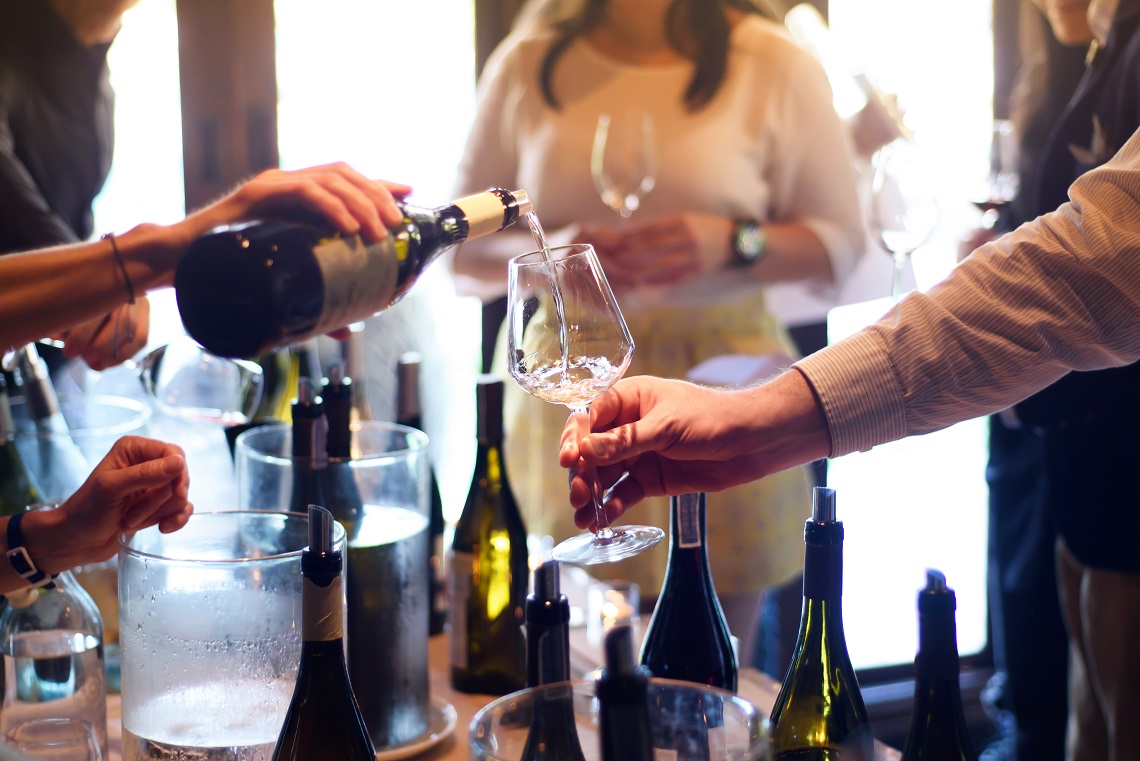Recent changes in the data collection of Tourism Research Australia (TRA) means the industry now has a better picture of tourism in wine regions across the country.
New questions on the annual TRA surveys are now providing more details into how many people are visiting Australian wine regions, and also, how many are visiting a winery within that region. Prior to these survey questions, regional data was limited and did not indicate whether travellers actually visited a winery in the region.
With 8.4 million people visiting wineries in the last financial year, spending a total of $9.6bn on their trips overall, a more detailed snapshot is invaluable.
According to the Australian Government’s Tourism strategy for 2020, food and wine are key influences in holiday decision making, and so are extremely valuable components to the tourism industry.
Wine Australia CEO, Andreas Clark, said this data shows great potential for Australia’s wine tourism capability and expansion.
“The link between wine and tourism is incredibly strong, and can be hugely important to winery profitability,” Clark said.
As part of a $50m export and regional wine support package from the government, Wine Australia have invested in initiatives that complement to Tourism 2020 strategy and support companies to build their wine tourism offering.
The TRA numbers, as well as other business tools supported by Wine Australia, will help Australian wineries develop their tourism products and services.

Regional focus: Barossa Valley
The data revealed the most visited wine regions for domestic travellers were Margaret River, Mornington Peninsula, Hunter, and Barossa Valley. Of these, the region with the highest percentage of visitors who went to wineries in the area was the Barossa, with 41 per cent of total visits including at least one trip to a winery.
Wine tourism for the Barossa is therefore extremely important. One winery that knows this well is Chateau Tanunda, the site of some of the Barossa’s earliest vines and wines.
Direct Sales and Marketing Manager, Mitch McKenzie, said tourism is at the forefront of the Chateau’s business plan.
“It not only contributes greatly to our onsite sales but more importantly engages a wide audience in brand building and creating advocates for the Chateau,” said McKenzie.
“We strive to build long term relationships with our customers and at the first point of contact ensure we ‘deliver unforgettable.’”
Boosting tourism is done through many avenues at Chateau Tanunda, including social media, partnerships with local tourism operators, participation in local guides and events, and trade shows.
In terms of the type of tourist visiting the winery and cellar door, Chateau Tanunda’s Tourism and Cellar Door Operations Manager Shannon Kruschel said they see a wide demographic.
“A major drawcard to Chateau Tanunda is certainly its colourful history and stunning grounds,” said Kruschel.
“We are also one of the most ‘China Ready’ cellar doors with Chinese tasting lists available, some Chinese speaking staff, the ability to ship wines directly to customers in China and be able to pay using WeChat Pay and AliPay.”

Regional focus: Margaret River
In terms of international tourism, the regions that were most popular were the Yarra Valley, Hunter, Margaret River and Mornington Peninsula. Over half (55 per cent) of international visitors to the Margaret River region went to at least one local winery during their stay.
Wineries in the Margaret River region understand the importance of tourism, and work in collaboration with local operators and bodies to help the region excel.
Clairault Streicker, for example, have a cellar door and café, and offer guests a chance to get hands on with the winemaking process with their blending experience.
Luke Watts, Operations Manager at Clairault Streicker Wines, said: “It’s fantastic to see such a strong percentage of international and domestic tourists choosing to visit a winery whilst on holiday in this region. It’s a testament to the calibre of wineries on offer.”
Vasse Felix also offers a range of experiences to enhance the basic cellar door experience for guests, from the shorter tastings to the more immersive full day experiences. This is helped along by the on-site restaurant, art gallery and wine museum vault, and their close partnerships with local tour companies.
“Wine Tourism is rapidly becoming an important part of the direct to consumer experience in the wine industry,” said Vasse Felix Estate Brand Manager, Georgina Beniston.
“More and more guests are looking for more than just the standard cellar door experience at the tasting bar – they really are wanting to explore the wine story and how we make wine in more of an in depth way.”
Like Chateau Tanunda, Vasse Felix also offer translated materials and different payment options like AliPay, catering to their strong international visitation.
Both Clairault Streicker and Vasse Felix agree that a drawcard for local tourism is the passionate people of the entire Margaret River region, across a range of industries that offer world-class products and experiences.
“It’s not all about wine in this region though. You’ve got craft breweries popping up around the place, distilleries are thriving, the restaurants are winning gongs left, right and centre and that’s before even mentioning the natural surroundings of this spectacular region,” said Watts.
Beniston agreed and said that this is what boosts the success of wine tourism: “We’re based in this incredible wine paradise of Margaret River, but there’s so much more on offer in Margaret River which really enhances the overall wine experience.”

